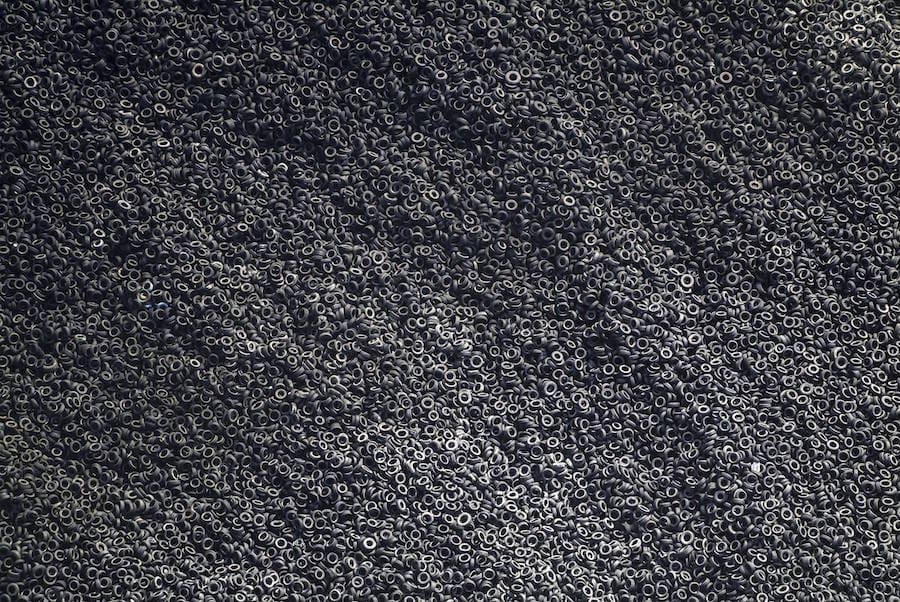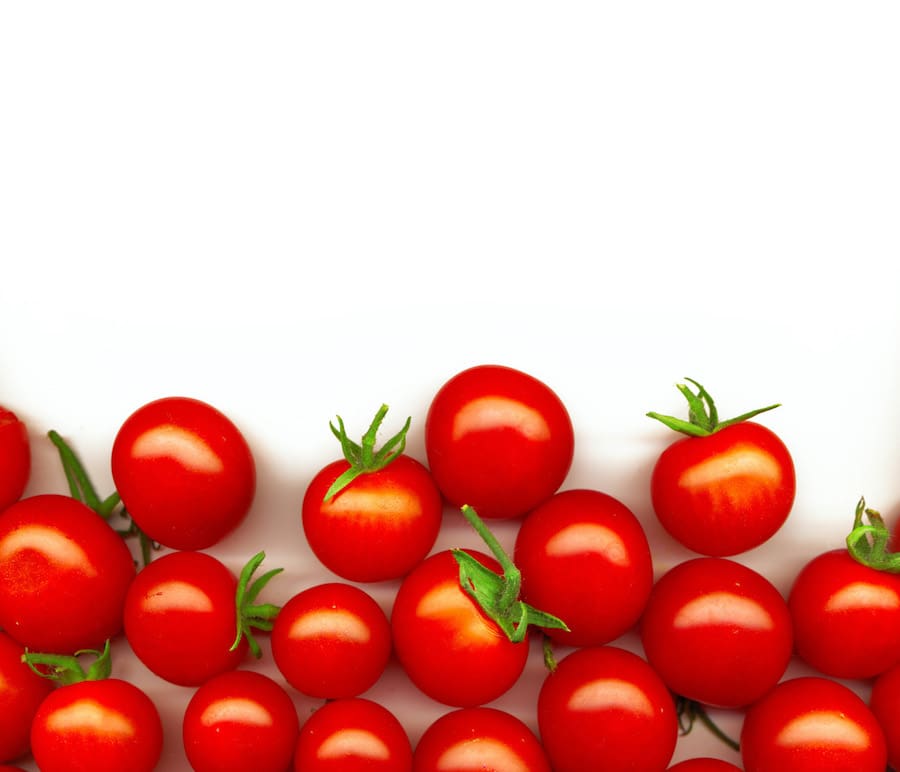The development and adoption of electric-powered and hybrid bikes and cars may be on the rise, but all those wheels still require tyres – which are produced from fossil fuels, and have detrimental effects on the environment, starting from their toxic manufacturing process and continuing right the way through to decades after they’ve been discarded, usually as landfill.
Ohio-based industry market research company The Freedonia Group predicts that world demand for tyres will rise to 3.0 billion units in 2019, with particularly high growth in demand for motorcycle tyres. That’s a whole lot of the filthy petroleum-based filler called carbon black; millions of tonnes of the stuff in fact, made by partially combusting petroleum oil. It’s dirty and expensive, and that’s without considering the sticky world of polymers, which bring their
own set of polluting problems.
As for the other end of tyres’ working lives, some are burned as a so-called alternative fuel, some are recycled as rubber crumb, but a good deal of them end up in landfill, either legally or illegally, with dire consequences to the air, the ground and the waterways around them.
So what’s anyone doing about it? We’re glad you asked…

Grass as polymers
Paul Dauenhauer is associate professor of chemical engineering and materials science at the University of Minnesota, and his research team has “created a new chemical process to make isoprene – the key molecule in tyres – from natural products like trees, grasses or corn”. It’s a three-step chemical process, but the clever and surprising bit is how the naturally acquired isoprene looks and behaves like synthetic polymers. He’s also adamant that if the product becomes commercially available, there’ll be little or no difference between the old and new product in terms of road-holding performance.

Tomatoes as fillers
Researchers over at Ohio State University have discovered that food waste can be used to produce a substitute for the carbon black filler. And the university’s biomaterials expert, Cindy Barrera, reckons things such as eggshells and tomato skins could actually perform better than carbon black.
“Fillers generally make rubber stronger, but they also make it less flexible,” she says. “We found that replacing carbon black with ground eggshells and tomato peels caused synergistic effects, for instance, enabling strong rubber to retain flexibility.” Good news not only for the environmental concerns around tyres, but also the issues around the world’s food waste, too.

By Kel Buckley











